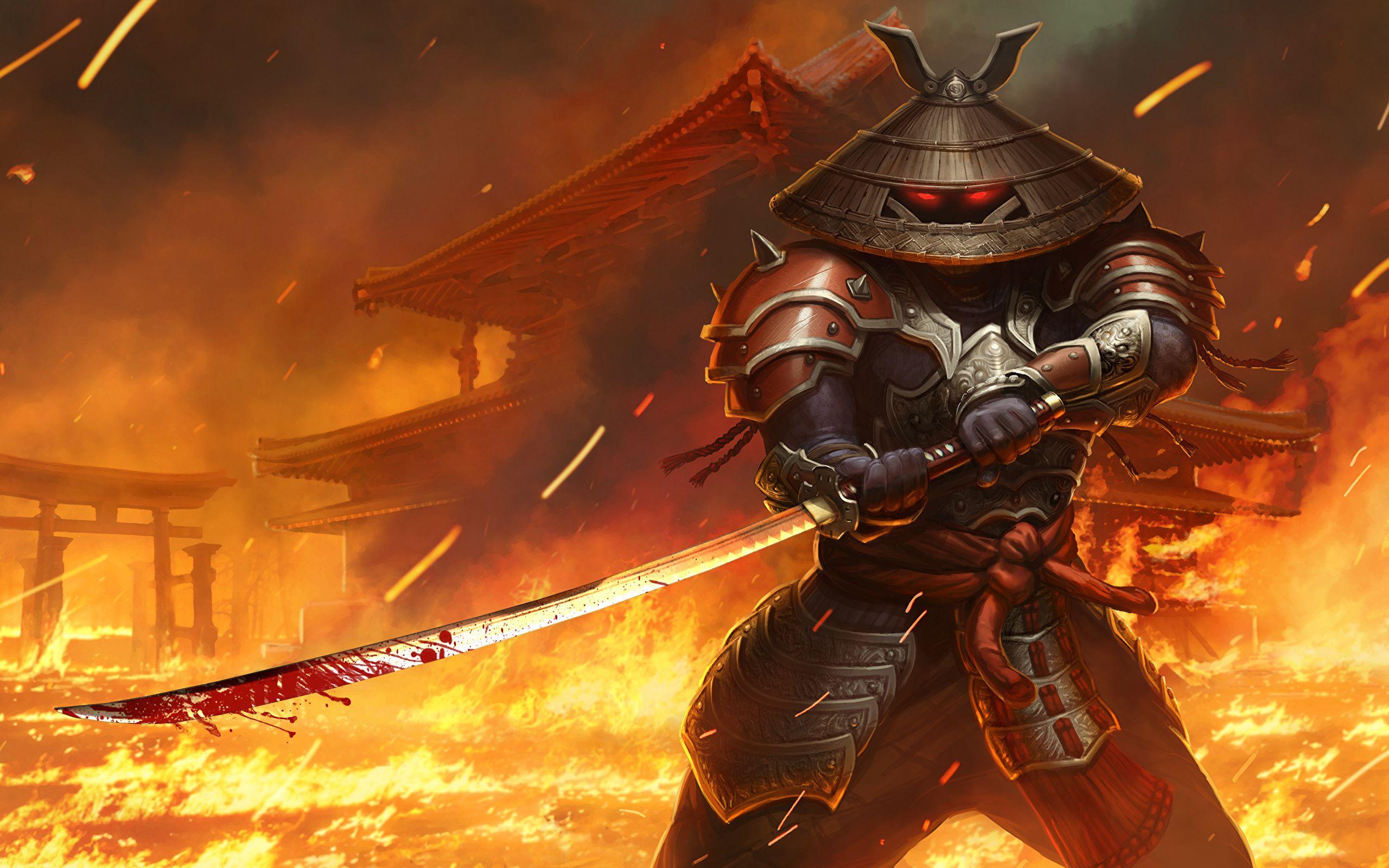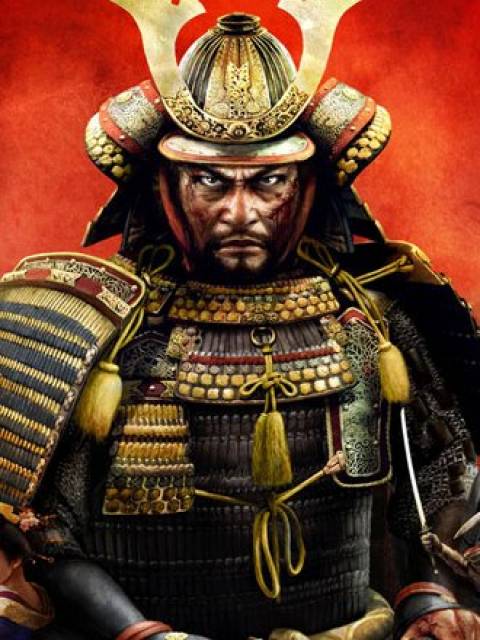In the world of motorcycle gear, few items command as much attention and respect as the samurai motorcycle helmet. These helmets are not just protective gear; they are a fusion of traditional Japanese craftsmanship and contemporary design, echoing centuries of cultural heritage. In this article, we will explore the intricate process of making samurai motorcycle helmets, the cultural significance behind them, and how this unique blend of old and new appeals to both motorcycle enthusiasts and collectors alike.
The Essence of Samurai Culture
The samurai, Japan’s warrior class, has long been associated with honor, discipline, and artistry. Their culture is steeped in tradition, emphasizing a deep respect for craftsmanship and the philosophy of “monozukuri,” which translates to the spirit of making things. This philosophy celebrates the meticulous attention to detail, quality materials, and the pursuit of perfection in every creation.
Samurai helmets, known as “kabuto,” were not only practical headgear for battle but also symbols of status and identity. They were often adorned with intricate designs, family crests, and motifs that reflected the wearer’s allegiance and personality. Today, the legacy of these helmets inspires modern artisans who craft samurai motorcycle helmets, marrying historical artistry with modern safety standards.
The Craftsmanship Behind Samurai Motorcycle Helmets

The making of samurai motorcycle helmets is a meticulous process that combines traditional techniques with modern technology. Here’s a breakdown of the key elements involved in creating these unique pieces:
- Material Selection: The journey begins with the selection of materials. Authentic samurai helmets were typically made from iron or leather, while modern helmets use advanced materials like fiberglass, carbon fiber, and polycarbonate for enhanced safety. Each material is chosen for its durability, weight, and aesthetic qualities.
- Design and Aesthetics: The design process involves extensive research into traditional samurai aesthetics. Designers often incorporate elements such as the “menpo” (face armor), crests, and ornate decorations. This phase is crucial, as it determines how closely the helmet will resemble its historical counterparts.
- Crafting Techniques: Artisans employ various techniques, including molding, painting, and finishing. For instance, some helmets feature hand-painted designs that replicate the intricate patterns found on traditional kabuto, while others may use decals or airbrushing for a modern twist.
- Safety Features: The helmets must pass rigorous safety standards to ensure rider protection. This includes impact resistance tests and the incorporation of features like ventilation systems, padding, and lightweight construction.
The entire process can take weeks or even months, depending on the complexity of the design and the materials used. Each helmet is a testament to the skill and dedication of the craftspeople involved.
Case Studies: Leading Brands in Samurai Motorcycle Helmets

Several brands have gained notoriety for their craftsmanship in creating samurai motorcycle helmets, each bringing their unique flair to the market. Here are a few noteworthy examples:
1. Shoei

Shoei is a prominent name in the motorcycle helmet industry, known for its dedication to safety and innovation. Their samurai-inspired models often feature intricate designs that pay homage to Japanese culture while incorporating cutting-edge safety technology.
2. Bell Helmets

Bell Helmets has made a name for itself with its custom designs, including samurai-themed helmets that appeal to a wide range of riders. Their collaborations with artists and designers result in one-of-a-kind pieces that stand out on the road.
3. Arai
Arai is renowned for its craftsmanship and attention to detail. Their samurai helmets often feature hand-painted artwork and are made from high-quality materials, ensuring both aesthetics and protection. Arai helmets are popular among professional riders, adding to their credibility and desirability.
The Cultural Significance of Samurai Motorcycle Helmets

Samurai motorcycle helmets represent more than just protective gear; they are a celebration of Japanese culture, history, and the art of craftsmanship. Here are some cultural aspects that contribute to their significance:
- Preservation of Tradition: The making of these helmets helps preserve traditional Japanese craftsmanship techniques, ensuring that skills passed down through generations are not lost.
- Symbol of Identity: For many riders, wearing a samurai helmet is a way to express their identity and connect with the rich history of samurai culture. It serves as a badge of honor and a statement of individuality.
- Artistic Expression: The helmets are often seen as wearable art, showcasing the creativity and skill of the artisans. Each helmet tells a story, whether through its design or the techniques used to create it.
The Market for Samurai Motorcycle Helmets

The demand for samurai motorcycle helmets has grown significantly in recent years, driven by a combination of nostalgia, artistic appreciation, and the rising popularity of custom motorcycle culture. Here are some statistics that highlight this trend:
- The global motorcycle helmet market is projected to reach $4.5 billion by 2025, with a growing segment focused on custom and artisan helmets.
- Surveys indicate that over 60% of motorcycle riders consider helmet design as a crucial factor in their purchasing decision, reflecting the importance of aesthetics.
- Social media platforms have seen a surge in the sharing of custom helmet designs, with hashtags like #SamuraiHelmet garnering thousands of posts, indicating a strong community interest.
As a result, artisans and brands are increasingly investing in the creation of unique and culturally significant helmets, catering to a market that values both safety and style.
The making of samurai motorcycle helmets is a fascinating intersection of craftsmanship and culture, where traditional Japanese artistry meets contemporary motorcycle gear design. These helmets embody the spirit of the samurai, honoring a rich heritage while providing essential safety for modern riders. Through meticulous craftsmanship, innovative techniques, and a deep respect for cultural significance, artisans are able to create pieces that not only protect but also tell a story.
As the market for these helmets continues to grow, it is essential to recognize their value beyond mere functionality. They represent a connection to a storied past, a commitment to quality, and an appreciation for the artistry that goes into every piece. Whether worn on the road or displayed as a collector’s item, samurai motorcycle helmets serve as a powerful reminder of the enduring legacy of craftsmanship and culture.